Historical Architecture of Grosse Pointe – George Graves on Lincoln Road
Last week we presented 824 Lake Shore, the old and the new. The original Mid-century modern home that was located on the property, and what is now a 5,490 square foot contemporary residence.
This week we head to Lincoln Road, and to three large properties designed by George W. Graves. The properties are located on the same block between Maumee and Jefferson, and were completed between 1910 and 1918. The architectural styles of these homes encompass Georgian, Colonial, and English Tudor approaches.
330 Lincoln
330 Lincoln was built in 1910, for Cameron B. Waterman, a lawyer, and inventor of the outboard motor. The property stands on a large lot, at the corner of Maumee in the village of Grosse Pointe. The striking 7,696 sq ft Georgian styled residence is an excellent example of perfect symmetrical Georgian styling. One of the most distinctive features of the house is the mass of windows, a typical characteristic of this style, as are the dormers in the roof and the large-scale center entrance. A few years after the main portion of the home was built, we believe Mr. Waterman added a Tudor-inspired library and games room to the back of the home. The new two-story addition, designed similar to an English Chapel, has an attractive balcony at one end and a large stone fireplace at the other. Both rooms’ feature leaded-glass windows, gothic arches along with oak-paneling and trimmed ceilings and walls. It is alleged this room was possibly inspired by the Waterman’s trips abroad and became the perfect venue for large-scale family events. During the 1920’s the screened porch on the south side and the sleeping porch above it were both enclosed. An addition to the north side was also added – the original small upstairs room was expanded outward, thus resulting in a change to the roofline. Source: Grosse Pointe Historical Society.

Cameron B. Waterman was born in Detroit in 1878, and attended Yale University. He graduated in 1901; during his time at the school he was a member of the rowing crew and served as Captain in 1903. He took his law degree in 1904, and returned to Detroit to work for a firm specializing in Patent and Trademark Law. Shortly after graduating from Yale, he married Lois Fleming Miller in 1904, and they had three children.
Prior to becoming a lawyer Waterman had made sketches for a detachable rowboat motor and had put them away for “future use”. In 1906, his ideas became reality and the world’s first outboard motor was born, leaving a legacy that has lasted over 100 years. Despite his new invention Waterman continued to practice law, but always maintained a keen interest in inventing.
300 Lincoln
300 Lincoln (the original address was 16810 E. Jefferson) is a magnificent Colonial styled property completed in 1915, for Mr. and Mrs. Edwin Hewitt Brown, a prominent family in the community. Mr. Brown was a senior manager in the Detroit office of the Aluminum Company of America. He then took the position of vice president and treasurer of The General Aluminum and Brass Castings Company of Detroit. Mrs. Brown served with the rank of major in the canteen of the Army and Navy Club of Detroit during the First World War.
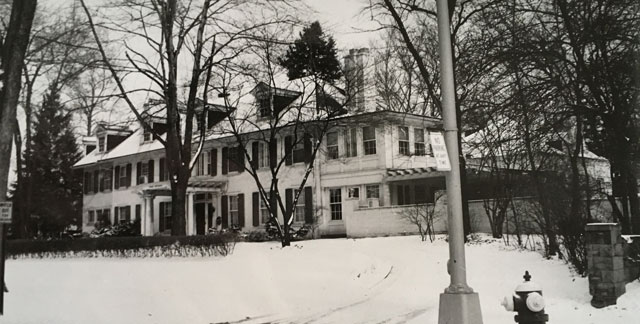
The front façade presents many dominant aspects including the striking pergola entrance, an abundance of windows, and the prominent dormers in the roof. Many of the main rooms on the first floor are filled with an abundance of light courtesy of the large windows that are the centerpiece of many rooms. An article in Home and Garden Magazine, Volume 27, 1915, describes the floor plan as ‘being divided into distinctive units, with an ease of access from one part of the house to the other’ – see floor plans below.


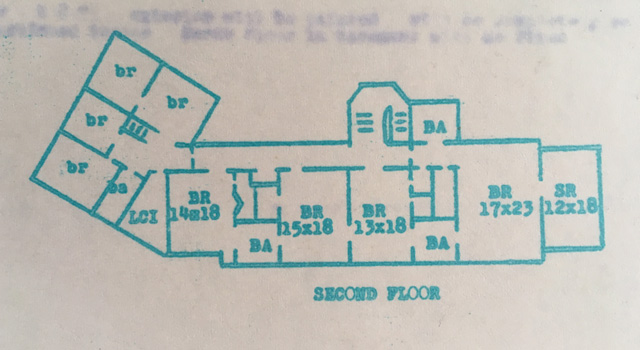
The hall runs through to the rear, while the arch dividing the stairs and the rear entrance, from the front, creates a distinct reception hall. Source: Home and Garden Magazine, Volume 27. The first floor contains a dining room (16’ x 25’ sq ft), a large living room (22’ x 24’ sq ft), along with a sitting room (12’ x 20’ sq ft), and a terrace. The wonderful photos of the homes interior (below) are also courtesy of Home and Garden Magazine, Volume 27, 1915.

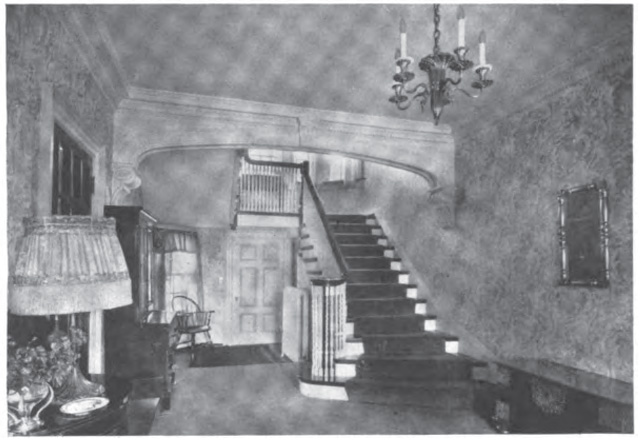


The rooms on the second floor are connected via a house-length corridor, thereby seamlessly linking the four large bedrooms. Situated in the east wing is the master bedroom (17’ x 23’ sq ft) that has an adjoining sunroom (12’ x 18’ sq ft), while the west wing is the location of four smaller bedrooms for maids.
At some point prominent Grosse Pointe architect Raymond Carey was hired to add an extension to the home – an expansive (22’ x 33’ sq ft) drawing room with a beamed ceiling, as depicted in the photo below (courtesy of: Home and Garden Magazine, Volume 27).

The house currently is around 8,140 sq ft, however it is not clear what the size of the home was when it was originally built, and aside from the drawing room, whether other additions have been added. We believe Mr. and Mrs. Edwin Brown lived at this residence for around ten years, at which point they commissioned another extraordinary property at 4 Lake Court, completed in 1926.
333 Lincoln
333 Lincoln is a striking English Tudor style 7,295 sq ft home completed in 1918. Located on a large corner lot it features a dominant limestone framed 2-story window on the front elevation. 333 Lincoln was the last project Graves completed on this block.
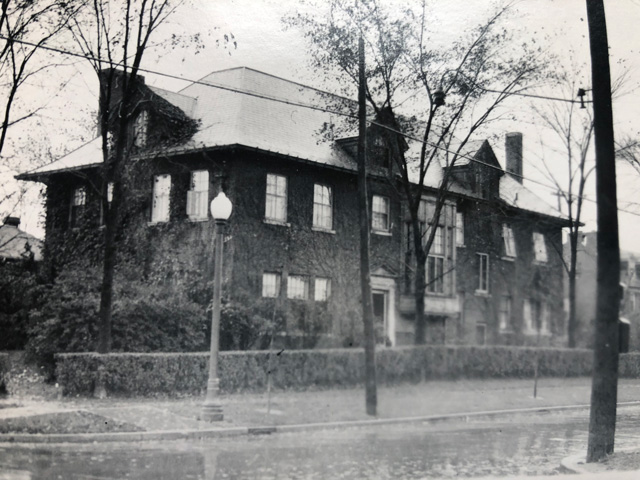
With two striking homes on the corner of Lincoln and Maumee, George W. Graves certainly made his mark in creating a dramatic and impactful entrance to this prominent street.
*Photos courtesy of the Higbie Maxon Agney archives unless stated.
Written by Katie Doelle
Copyright © 2020 Katie Doelle


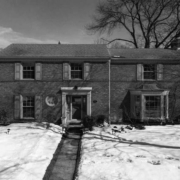
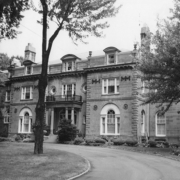
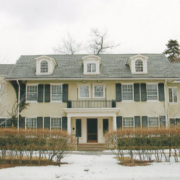
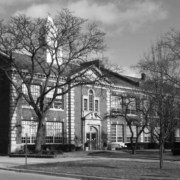
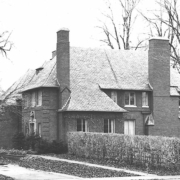

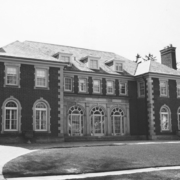
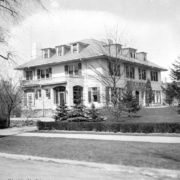
Leave a Reply
Want to join the discussion?Feel free to contribute!